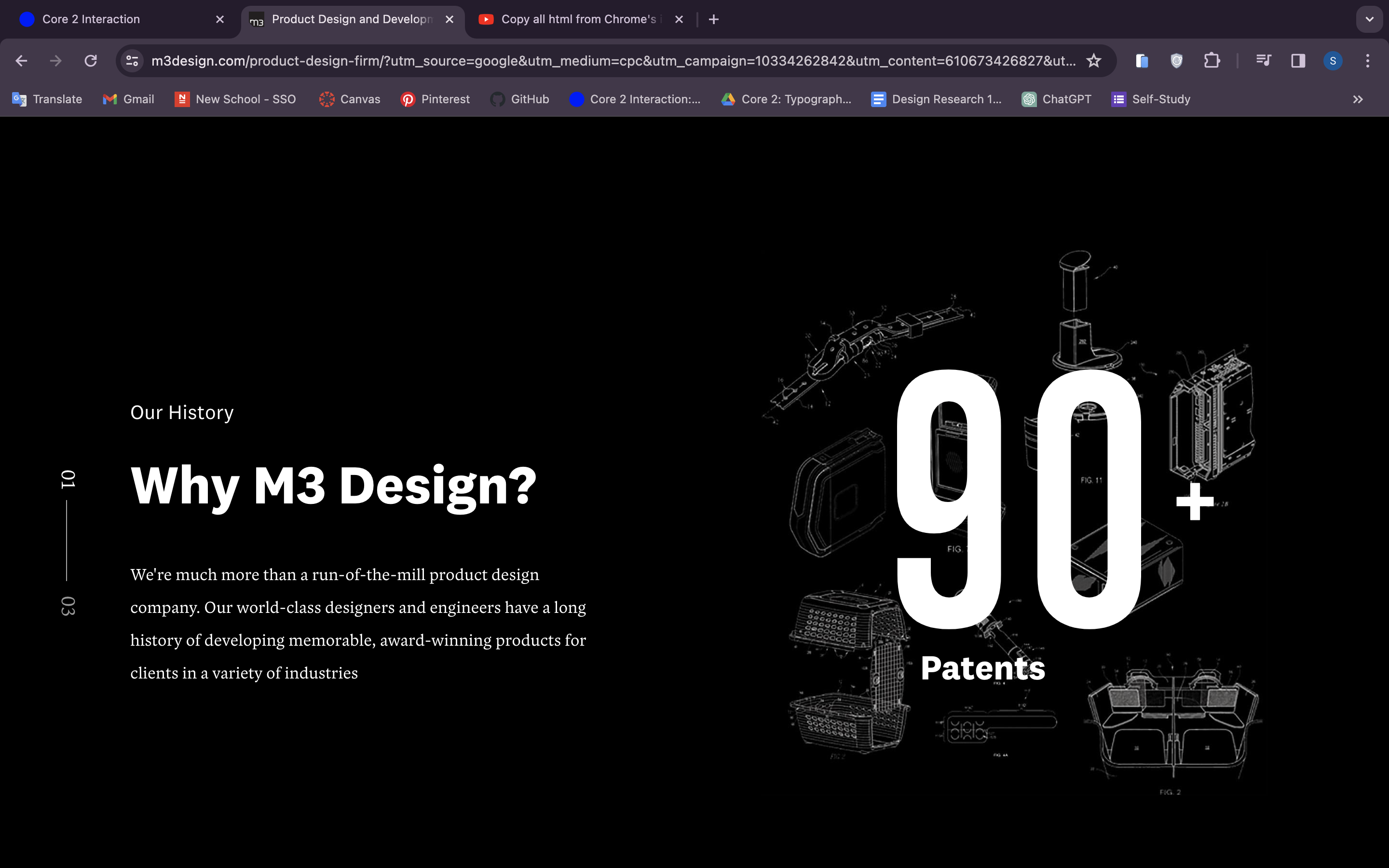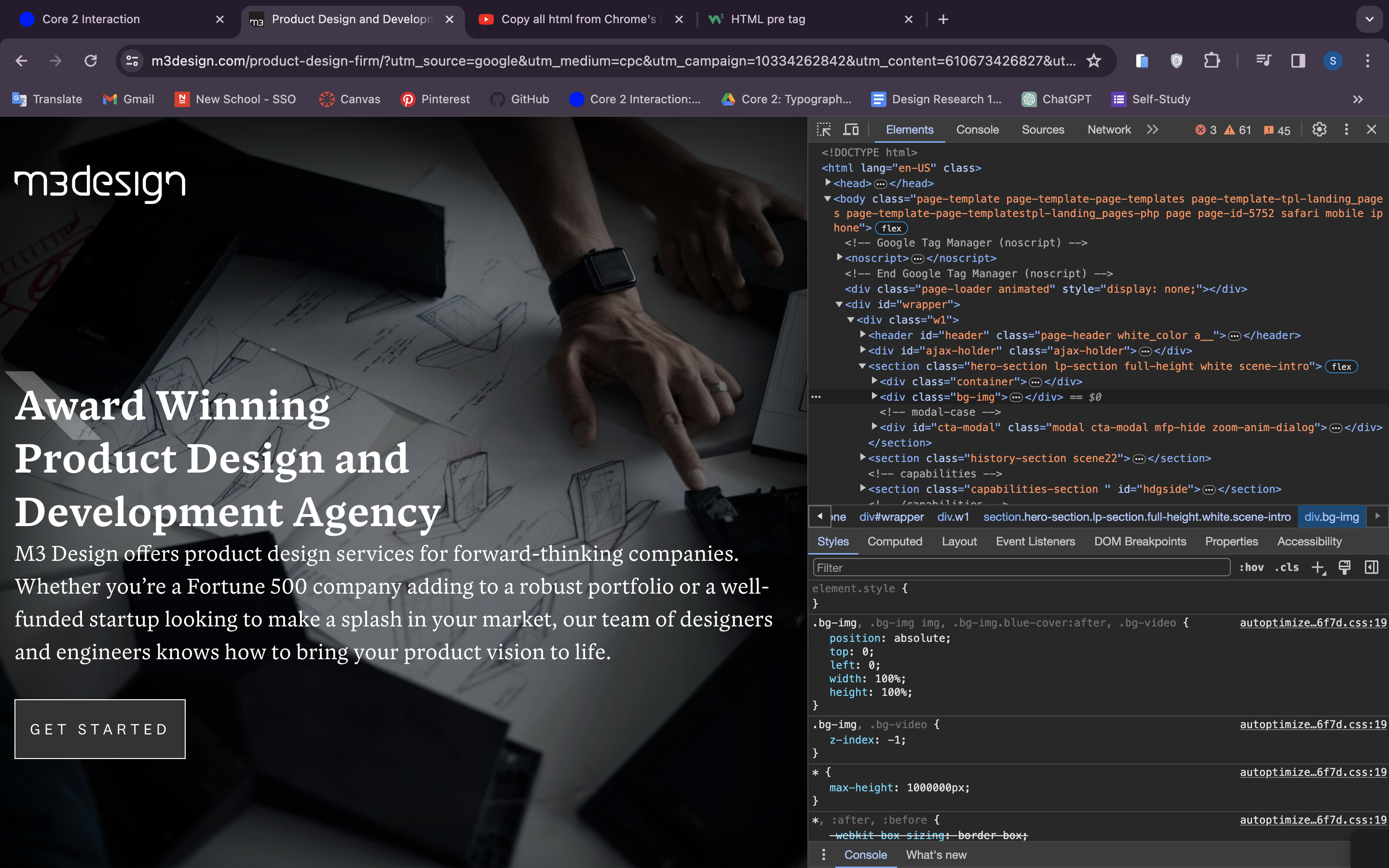Screenshot




page-template
wrapper
w1
header
container
header-container
a.logo
hero-section
container
span.sub-ttl -> animation
title-area
h1.title
p.description
a.button
img.background-image
history-section
text.area
span.title -> animation
h2.main-title
p.description
row#1
img.background-image
span.number -> animation
h3.subtitle
row#2
img.background-image
span.number -> animation
h3.subtitle
row#3
img.background-image
span.number -> animation
h3.subtitle
capabilities-section
container.left
h2.title
p.description
a.button
container.right
ul.capacities
testimonial-section
img.background-image
container
p.text
span.author
img.logo
contact-section
h2.title
text.area -> flex
img.person-headshot
contact-text-area
h3.let's-talk
p.text
a.phone-number
contact-form.section
footer
flex.container
work-with-us.section
h5.subtitle
employee.class -> flex
img.headshot
test-area
p-strong.name
p.description
a.email-address
connect-with-us.section
h5.subtitle
ul.socials
general-contacts.section
h5.subtitle
span.address
a.phone-number
a.email-address
In general, this page is a series of thematic containers, such as hero-section, history, capacities, contact and footer. The middle sections has relatively similar structure of a background, title, description and an action call or button. The Hero section is a little bit modified by the addition of the logo animation and user interaction. The contact section is a unique one, including a form that the user can fill out, as well as the footer that containes all the credits and policies information.
What I liked particularly about the sintaxis of this website is that all the similar elements even across the sections belonged to the same class - eg. container class. This allowed a more cohiesive visual aesthetic and interaction logic for the user.
Maybe it is due to the lack of my experience, but I still found the code to be quite challenging to read. There was a number of alternative states and styles the order of which could have been ornganised a little bit more structured. Another thing that was unclear for me is the amount of additional span elements that the developer used for simple animations. Visually they looked like the ones you couls create using simple css key-frames or hovering states.
This website looks pretty easy visually, but the html includes a large amount of additional containers and divs for the aniamtions. I was wonderring if it was possible to make the code simplers keeping all the essentials animations and sunctions.
The contact us section with the form was particularly interesting for me. As far as I inderstood they created areas for user input using js. I didn't fully understand the code, so I would appreciate some little tutorial for the contanct forms during the classes.